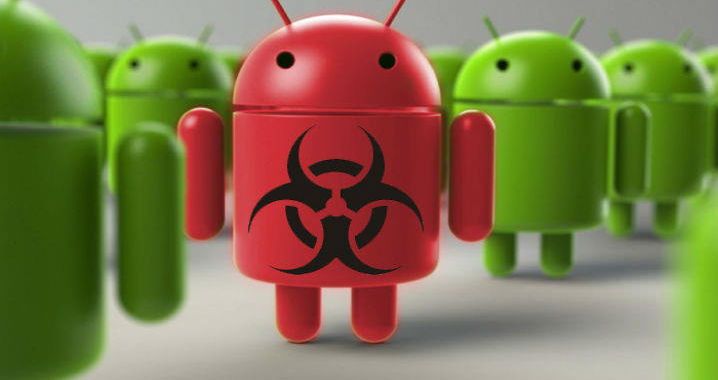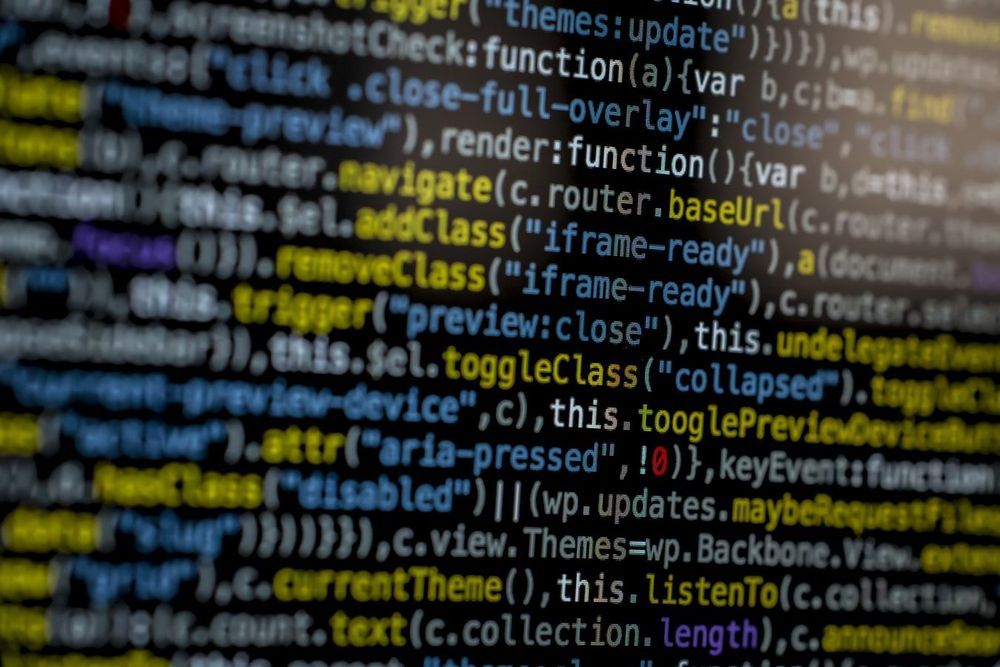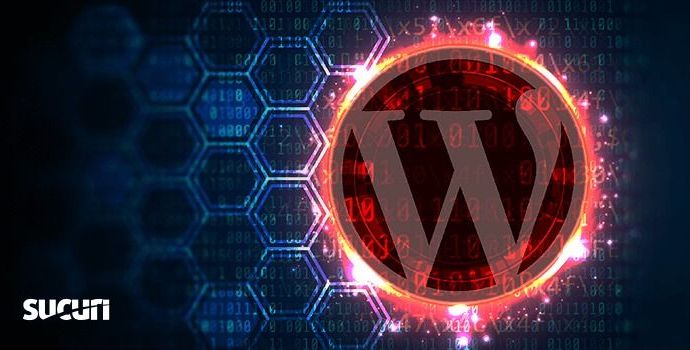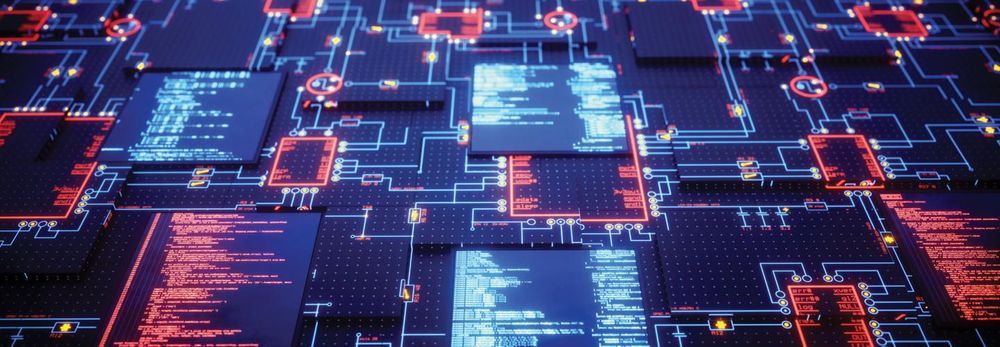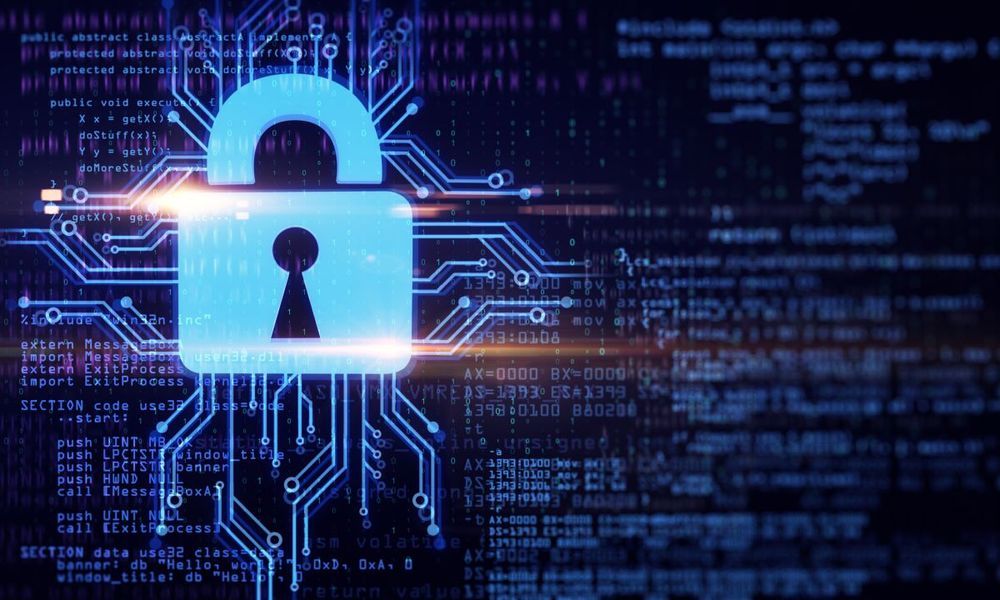Archive for the ‘cybercrime/malcode’ category: Page 145
Sep 24, 2020
Ripjar, founded by GCHQ alums, raises $36.8M for AI that detects financial crime
Posted by Malak Trabelsi Loeb in categories: business, cybercrime/malcode, finance, government, privacy, robotics/AI
Financial crime as a wider category of cybercrime continues to be one of the most potent of online threats, covering nefarious activities as diverse as fraud, money laundering and funding terrorism. Today, one of the startups that has been building data intelligence solutions to help combat that is announcing a fundraise to continue fueling its growth.
Ripjar, a U.K. company founded by five data scientists who previously worked together in British intelligence at the Government Communications Headquarters (GCHQ, the U.K.’s equivalent of the NSA), has raised $36.8 million (£28 million) in a Series B, money that it plans to use to continue expanding the scope of its AI platform — which it calls Labyrinth — and scaling the business.
Labyrinth, as Ripjar describes it, works with both structured and unstructured data, using natural language processing and an API-based platform that lets organizations incorporate any data source they would like to analyse and monitor for activity. It automatically and in real time checks these against other data sources like sanctions lists, politically exposed persons (PEPs) lists and transaction alerts.
Sep 24, 2020
China attacked Indian satellite communications: US Report
Posted by Quinn Sena in categories: cybercrime/malcode, satellites
“Computer network attack against Indian satellite communications in 2017” is one among a slew of counter-space activities carried out by China since 2007, listed in a new report by US-based China Aerospace Studies Institute (CASI), which provides China’s space narrative among other things.
Isro, while conceding that cyber-attacks are a constant threat, maintains that its systems has not been compromised so far.
The 142-page report notes that between 2012 and 2018, China carried out multiple cyber-attacks, but elaborates on the result only in one case.
Sep 23, 2020
Microsoft AI boasts 97% accuracy in detecting software bugs
Posted by Quinn Sena in categories: biotech/medical, cybercrime/malcode, robotics/AI
Software bugs are a tale as old as time — which, in the case of programming, means about 75 years. In 1947, programmer Grace Murray Hopper was working on a Mark II Computer at Harvard University when she noticed a moth that was stuck in the relay, preventing the computer program from running. It was the first “bug”, and countless others have followed since then.
In the history of programming, bugs have ranged from harmless to absolutely catastrophic. In 1986 and 1987, several patients were killed after a Therac-25 radiation therapy device malfunctioned due to an error by an inexperienced programmer, and a software bug might have also triggered one of the largest non-nuclear explosions in history, at a Soviet trans-Siberian gas pipeline.
While events such as this are rare, it’s safe to say that software bugs can do a lot of damage and waste a lot of time (and resources). According to recent analysis, the average programmer produces 70 bugs per 1,000 lines of code, with each bug demanding 30 times more time to fix than it took to write the code in the first place. In the US alone, an estimated $113 billion is spent identifying and fixing code bugs…
Sep 18, 2020
Revolutionary Quantum Cryptography Breakthrough Paves Way for Safer Online Communication
Posted by Quinn Sena in categories: biotech/medical, cybercrime/malcode, encryption, internet, quantum physics
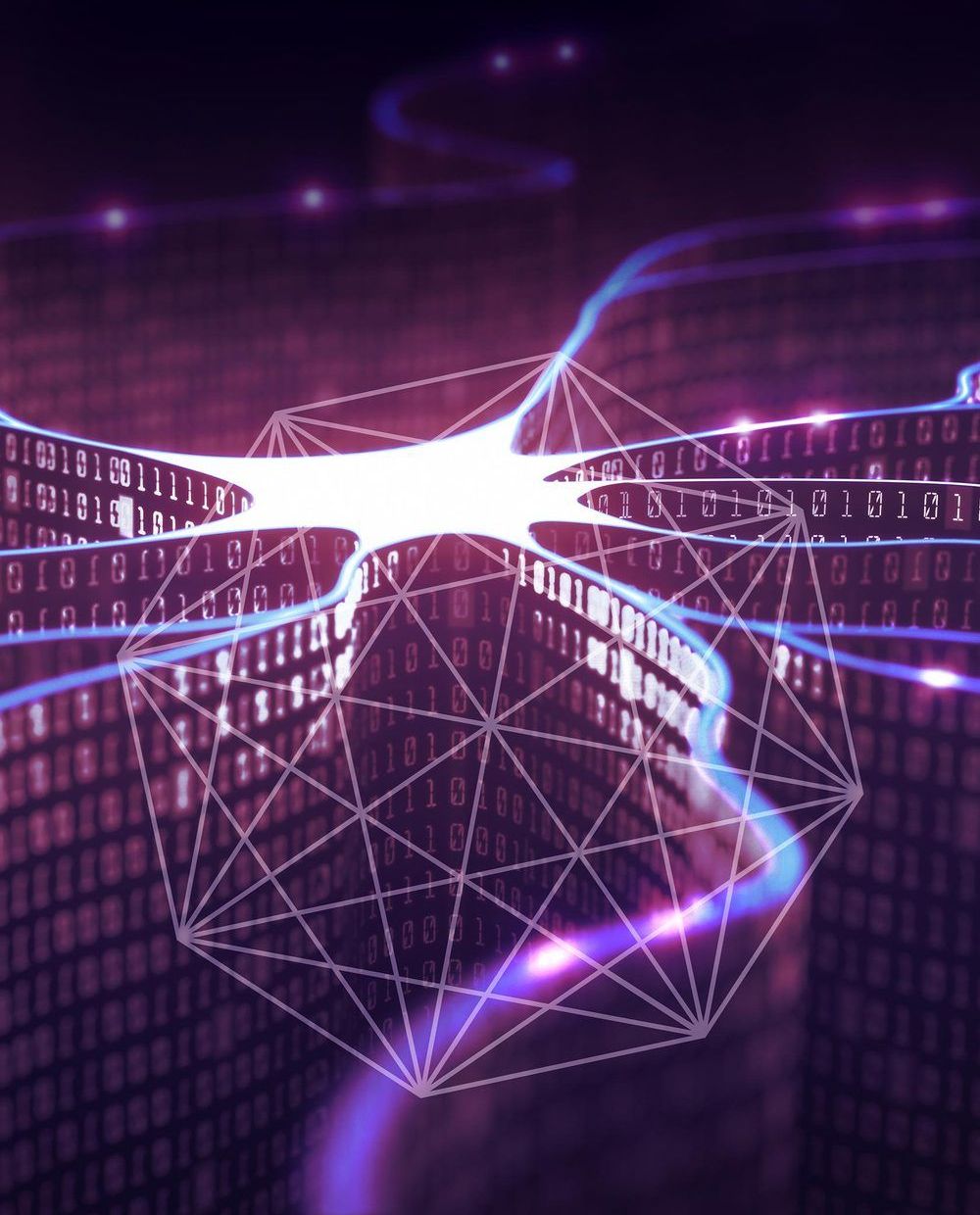
The world is one step closer to having a totally secure internet and an answer to the growing threat of cyber-attacks, thanks to a team of international scientists who have created a unique prototype that could transform how we communicate online.
The invention led by the University of Bristol, revealed today in the journal Science Advances, has the potential to serve millions of users, is understood to be the largest-ever quantum network of its kind, and could be used to secure people’s online communication, particularly in these internet-led times accelerated by the COVID-19 pandemic.
Sep 11, 2020
Protecting your child from cyberattacks during remote learning
Posted by Genevieve Klien in categories: cybercrime/malcode, internet
With thousands of students using the internet to attend class remotely, cybersecurity experts are raising concerns about children becoming targets for hackers. Many Central New York school districts, like the Central Square Central School District, sent laptops home with students. Central Square uses a software called GoGuardian that flags unsafe or inappropriate online material. Superintendent Thomas Colabufo says parents are happy to know that the security feature is in place.
Sep 11, 2020
WordPress Malware Disables Security Plugins to Avoid Detection
Posted by Genevieve Klien in category: cybercrime/malcode
Our researcher describes how malware is disabling popular security plugins on compromised WordPress websites to conceal malicious behavior and evade detection.
Sep 9, 2020
States Join Automated Security Pilot with MS-ISAC, Johns Hopkins
Posted by Quinn Sena in categories: cybercrime/malcode, government, robotics/AI
The promise of artificial intelligence for cybersecurity is that it will free security professionals at government agencies from menial tasks and allow them to focus on threat hunting and higher-level work. Another benefit that might get lost in the shuffle, but is no less important, is that automation in cybersecurity can actually lead to enhanced security for agencies.
Five governments are testing that proposition. Last month, the states of Arizona, Louisiana, Massachusetts and Texas, along with Maricopa County, Ariz., announced a partnership with the Multi-State Information Sharing and Analysis Center and the Johns Hopkins Applied Physics Laboratory (APL) to pilot a cybersecurity automation program.
The agencies will be using security orchestration, automation and response (SOAR) tools, which “enable organizations to collect security-threat data through multiple sources and perform triage response actions significantly faster than with manual processes,” according to a Johns Hopkins press release. The hope is that it will enable the agencies to “quickly and broadly share information — in near real time — and leverage automation to prevent or respond to cyberattacks,” the release states.
Sep 6, 2020
How to build a modern public-private cybersecurity partnership
Posted by Derick Lee in categories: business, cybercrime/malcode, economics, energy, government

Public-private partnerships have been central to the development of cybersecurity over the past decade, through the sharing of threat information between commercial organizations and historically secretive government agencies. The opportunity now exists for a new era of public-private partnership, for a new realm of information sharing.
Cyberattacks continue to be reported as a key business risk. In the recent World Economic Forum’s Regional Risks for Doing Business 2019 report, survey respondents in six of the world’s 10-largest economies identified cyberattacks as their number one risk.
Continue reading “How to build a modern public-private cybersecurity partnership” »
Sep 6, 2020
How AI will automate cybersecurity in the post-COVID world
Posted by Quinn Sena in categories: cybercrime/malcode, robotics/AI
As cybercrime is becoming more lucrative and more automated, we’re going to have to depend on automated defenses on the other side.
